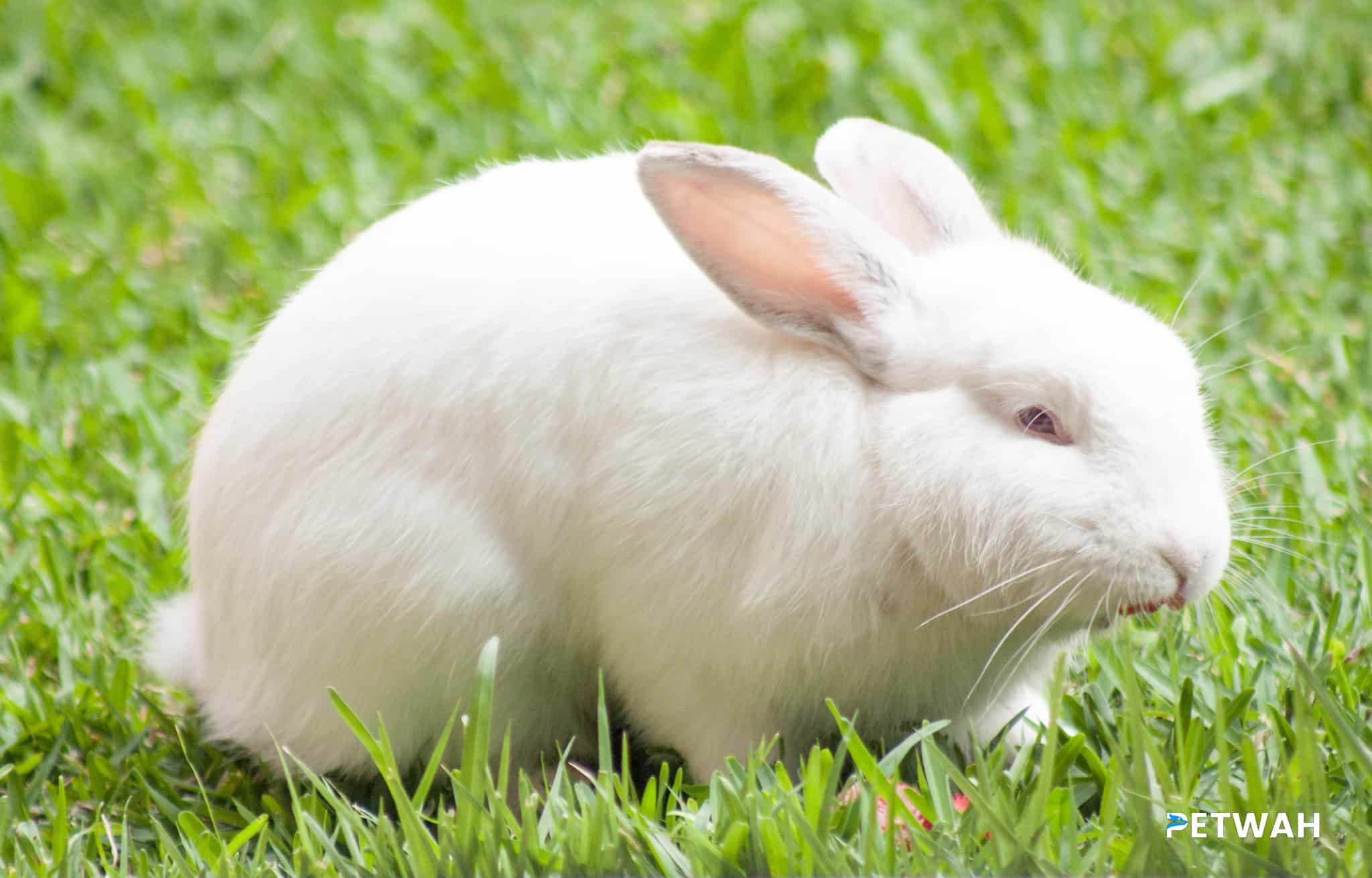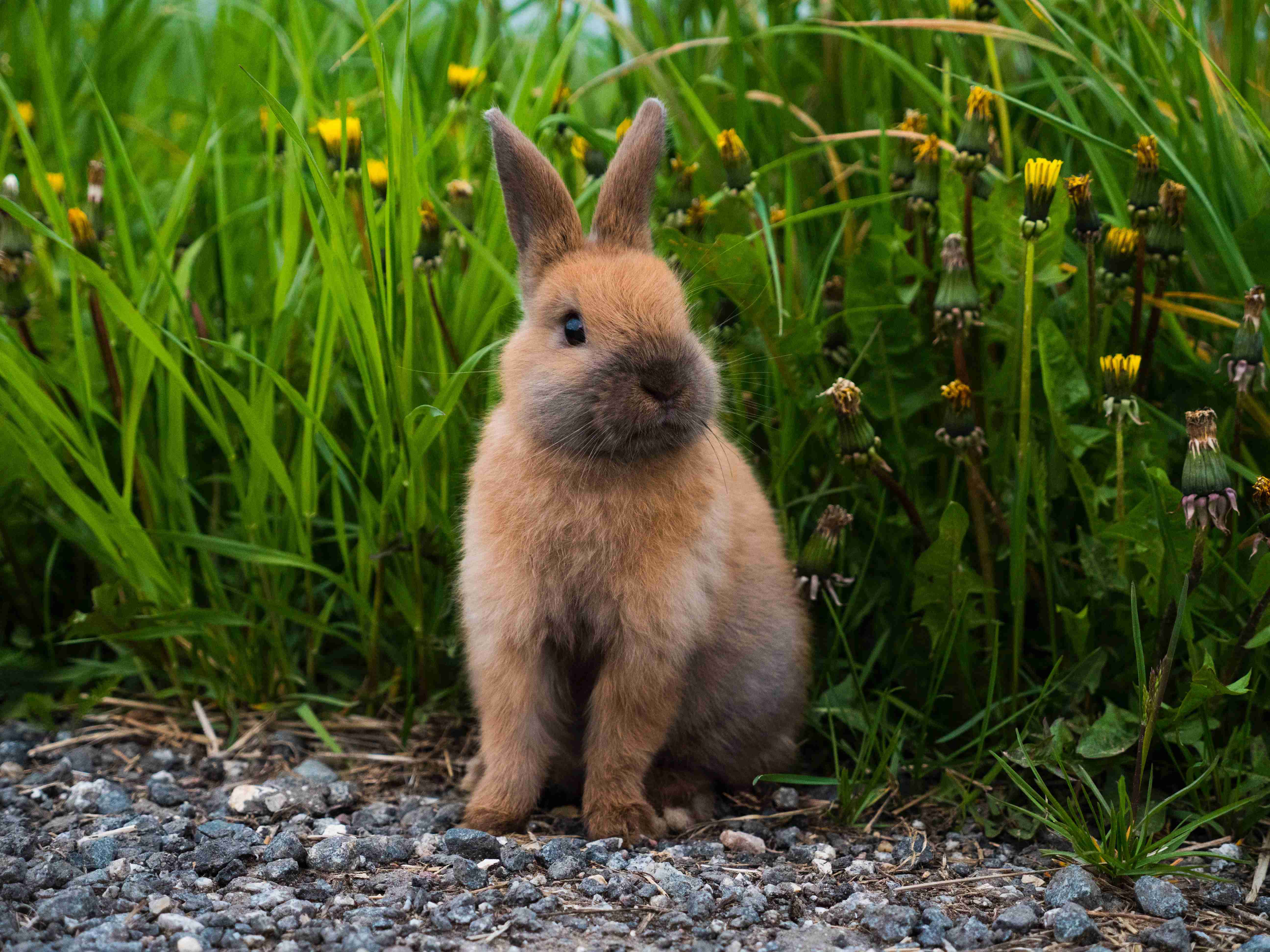As summer approaches, pet owners need to be vigilant about protecting their furry friends from heat stroke. While rabbits may seem like low-maintenance pets, they are actually quite sensitive to changes in temperature and humidity. In fact, rabbits are at risk of developing heat stroke when the temperature rises above 75 degrees Fahrenheit. As responsible pet owners, it is our duty to keep our rabbits healthy and happy, even during the hottest months of the year. In this blog post, we will share 5 essential tips for preventing heat stroke in pet rabbits. So, read on to learn how to keep your furry friend cool and comfortable this summer.
Rabbits are among the most popular pets globally, and it’s not hard to see why. They are cute, cuddly, and make great companions. However, just like any other pet, rabbits are susceptible to heat stroke, especially during the summer months. As a responsible pet owner, it’s your responsibility to ensure that your furry friend is well-protected from the heat. Here are five essential tips for preventing heat stroke in pet rabbits:
- Keep your rabbit hydrated
Dehydration is one of the leading causes of heat stroke in rabbits. Ensure that your bunny always has access to fresh, clean water. During the summer months, you should check the water bowl several times a day to ensure that it’s still full. -
Provide a cool living environment
Rabbits are more comfortable in an environment with a temperature range of 60-65 degrees Fahrenheit. During the summer months, you can provide a cool living environment for your bunny by placing a fan in the room or air conditioning. You can also freeze water bottles and place them in your rabbit’s living area to provide a cool place for your bunny to rest.
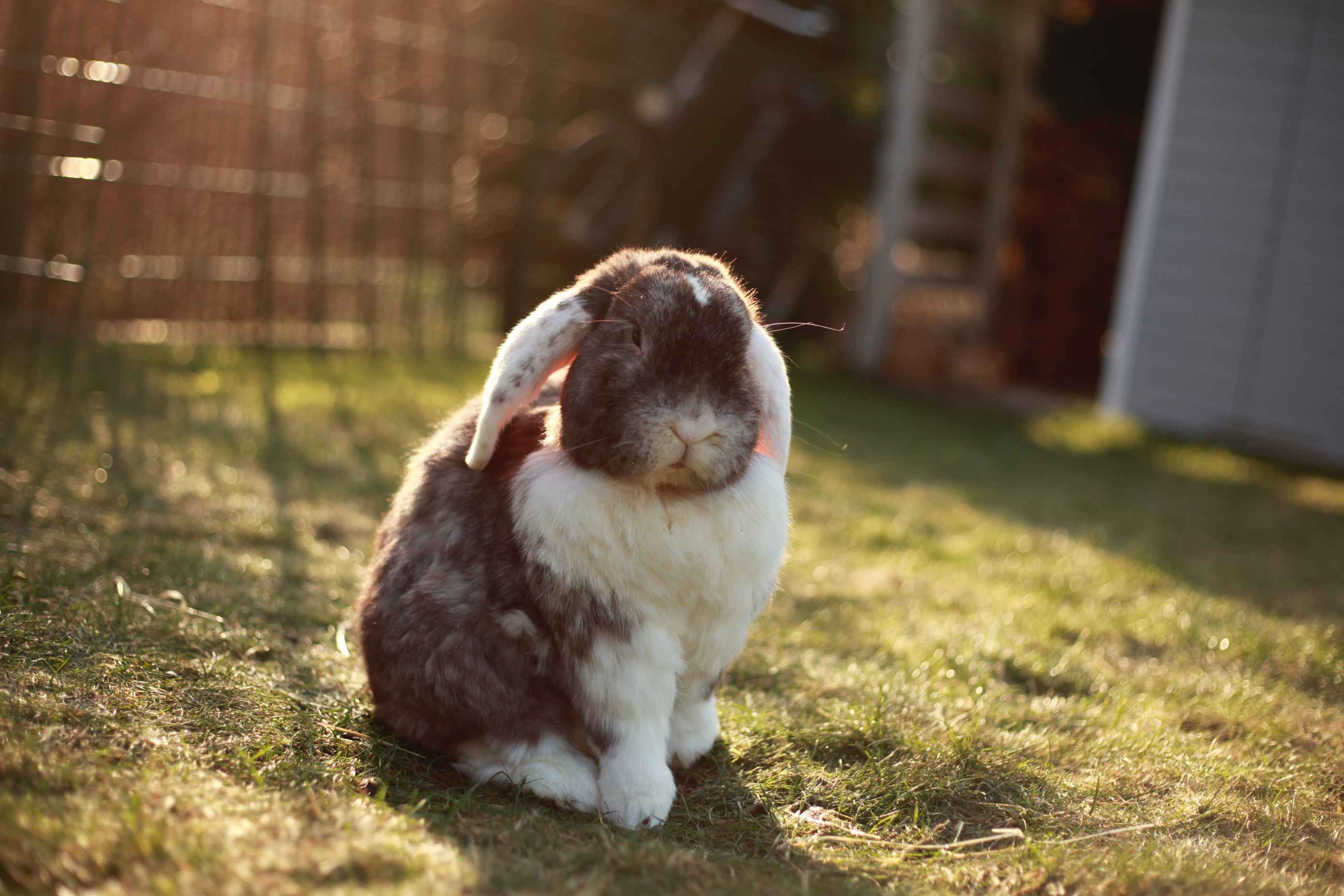
- Avoid direct sunlight
Direct sunlight can be dangerous for your rabbit as it can quickly raise their body temperature. Ensure that your rabbit’s living area is in a shaded area or indoors. If your rabbit lives outdoors, provide a shaded area where they can rest. -
Avoid exercising your rabbit during the day
During the summer months, avoid exercising your rabbit during the day. Instead, take them for a walk early in the morning or in the evening when the temperature is cooler. If your rabbit shows signs of overheating, such as panting or lethargy, stop exercising them immediately. -
Monitor your rabbit’s behavior
As a responsible pet owner, it’s essential to monitor your rabbit’s behavior during the summer months. If your bunny shows signs of overheating, such as panting, lethargy, or refusing to eat, seek veterinary care immediately.
Overall, heat stroke can be fatal for rabbits, and it’s essential to take the necessary precautions to prevent it. As a responsible pet owner, you should always keep your rabbit hydrated, provide a cool living environment, avoid direct sunlight, avoid exercising your rabbit during the day, and monitor their behavior. By following these five essential tips, you’ll be well on your way to keeping your furry friend safe and healthy during the summer months.
In conclusion, preventing heat stroke in pet rabbits is not only essential to their health and well-being, but it is also a responsibility that pet owners must take seriously. By following the tips outlined in this guide, you can ensure that your furry friend stays cool and comfortable during the hot summer months. Remember, early recognition of heat stroke signs and quick action can save your rabbit’s life. So, be vigilant and take the necessary steps to protect your beloved pet from heat stroke. With a little bit of effort and care, you can keep your pet rabbit happy, healthy, and safe all year round.
Please follow us on Social Media


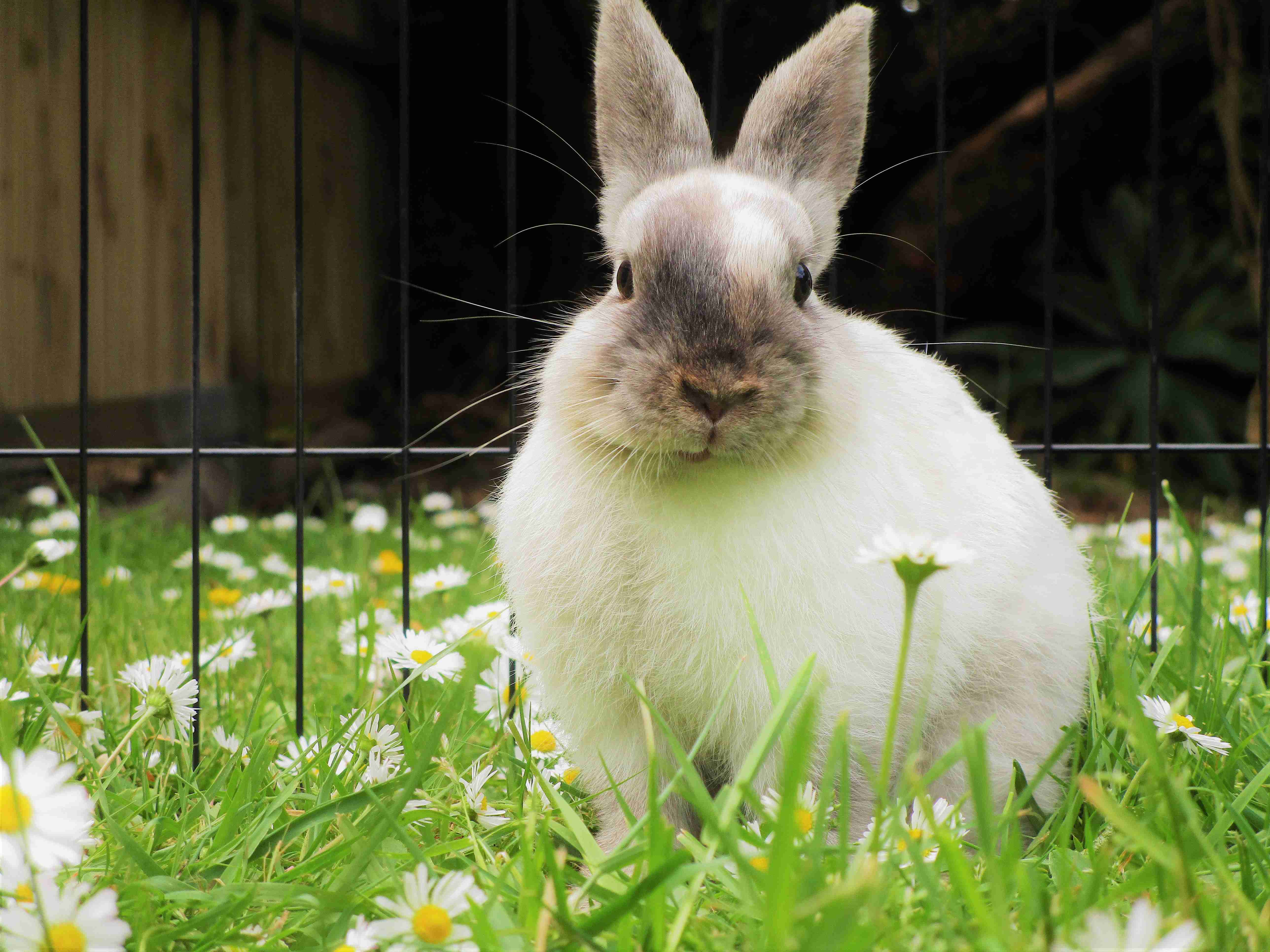
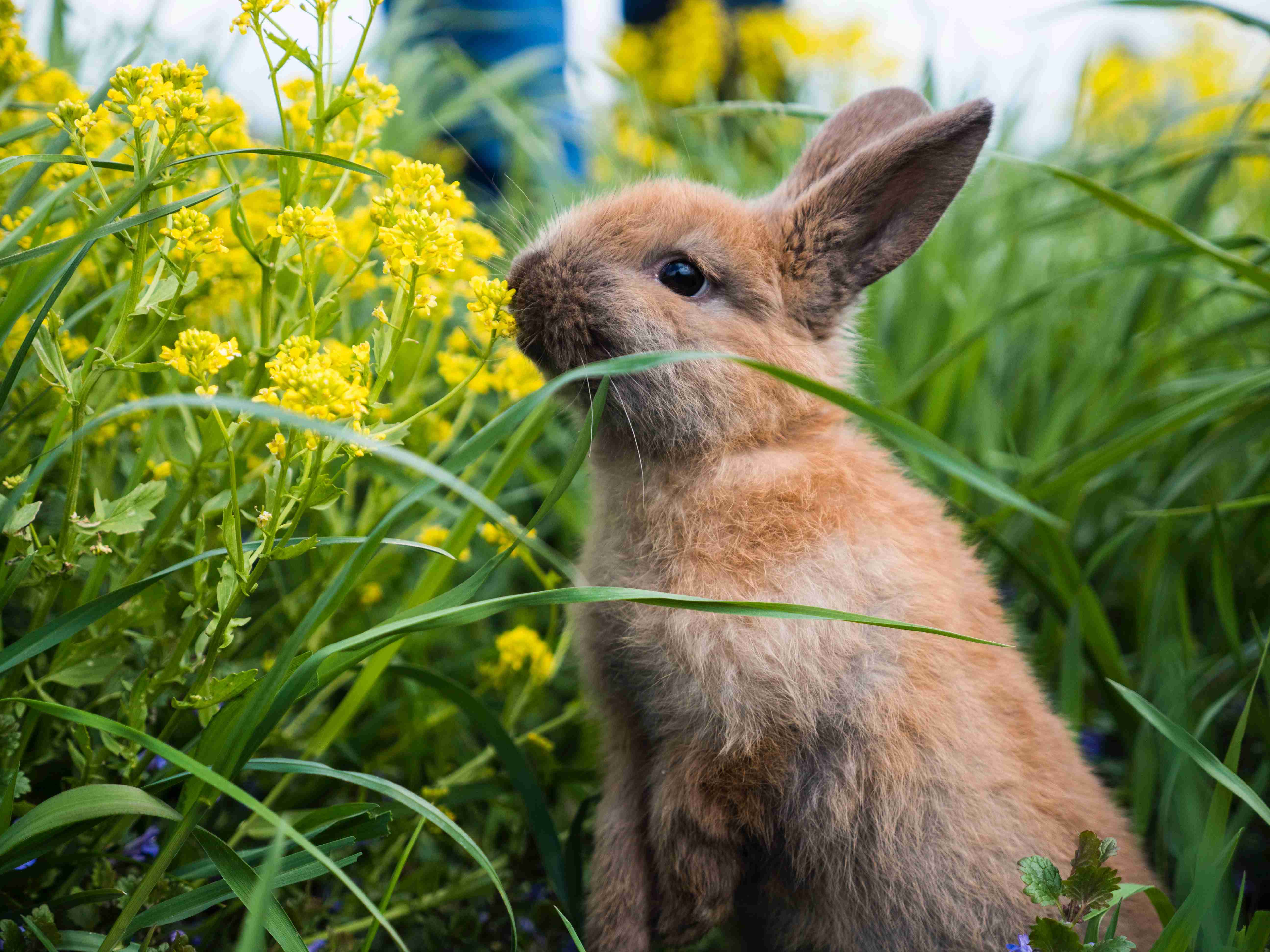
.jpg)
.jpg)
